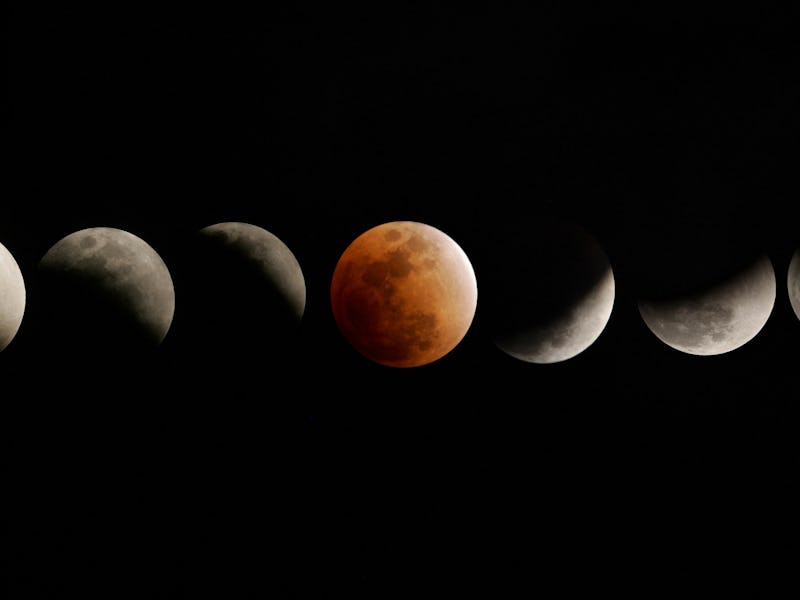November Blood Moon: You need to see this startling lunar eclipse tonight
The Beaver Moon will coincide with a lunar eclipse, making an impressive celestial show.

November’s Full Moon is called the Beaver Moon after a traditional name from United States Native American tribes. But there are lots of other monikers for the Full Moon this month, depending on where you live and what culture you follow.
The Full Moon this month will get to its brightest on November 8, when it will go into eclipse. When not in eclipse, it will be brighter than anything else in the night sky and only outshone by the Sun. November is a very chilly time indeed to go moongazing in many parts of the United States, but the Full Moon is worth the sight.
WHAT IS THE BEAVER MOON?
As with all Full Moons in the United States, the Beaver Moon’s name comes from traditions that are at least a few decades old. The Old Farmer’s Almanac published Native American names for Full Moons in the 1930s, according to NASA, including the Beaver Moon of November.
The name “Beaver” (which has nothing to do with modern slang) may have come from the need to set beaver traps before the waters freeze, as Native Americans depended on fur for their own needs and in some regions, for a large fur trade with Europeans. Alternatively, NASA says, the Beaver Moon may be a reference to how active beavers are in November as they build shelters to prepare for winter.
Alternative Native American names for November’s Full Moon include the Frost, Frosty or Snow Moon in nods to the weather. Your region or culture may have alternative names for this month’s Full Moon.
HOW TO SEE THE NOVEMBER 2022 FULL MOON?
The Full Moon technically is supposed to be at its peak brightness at 6:02 a.m. Eastern on November 8, but it won’t appear very bright at that time. That’s because the Full Moon will be in eclipse for several hours early in the morning. The maximum eclipse will be just minutes beforehand, at 5:59 a.m.
During lunar eclipses, the Moon appears red due to the reflection of sunrises and sunsets at the edge of the Earth falling upon the side of the Moon facing our planet. If you prefer a brighter view, the Moon will appear nearly full in the hours before the eclipse, as well as the day after the eclipse.
Local Blood Moon times may vary.
HOW MUCH BRIGHTER IS THE MOON DURING A FULL MOON?
Full Moons happen every 27 days when the Moon, orbiting our Earth, reaches a point in its path exactly opposite to the Sun. Sometimes the three celestial bodies align in such a way that the Moon moves into the Earth’s shadow for a few hours, like this month. This allows the Moon to go into eclipse.
November’s Full Moon, when not in eclipse, will be about six times brighter than the Half Moon. Full Moons have an average magnitude of -12.92, compared to the International Space Station at -6 and bright stars at nearly -2. As a point of comparison, most people can see stars as dim as magnitude 6 in dark-sky conditions.
WHEN IS THE NEXT FULL MOON?
We complete 12 lunar months in 354 days, which gives enough room some years to squeeze in an extra 13th Full Moon in the 365-day Gregorian Calendar most of the world follows. That won’t happen in 2022, however.
The next Full Moon reaches its peak at 11:08 a.m. Eastern on Wednesday, December 7. December’s Full Moon is called the Cold Moon.